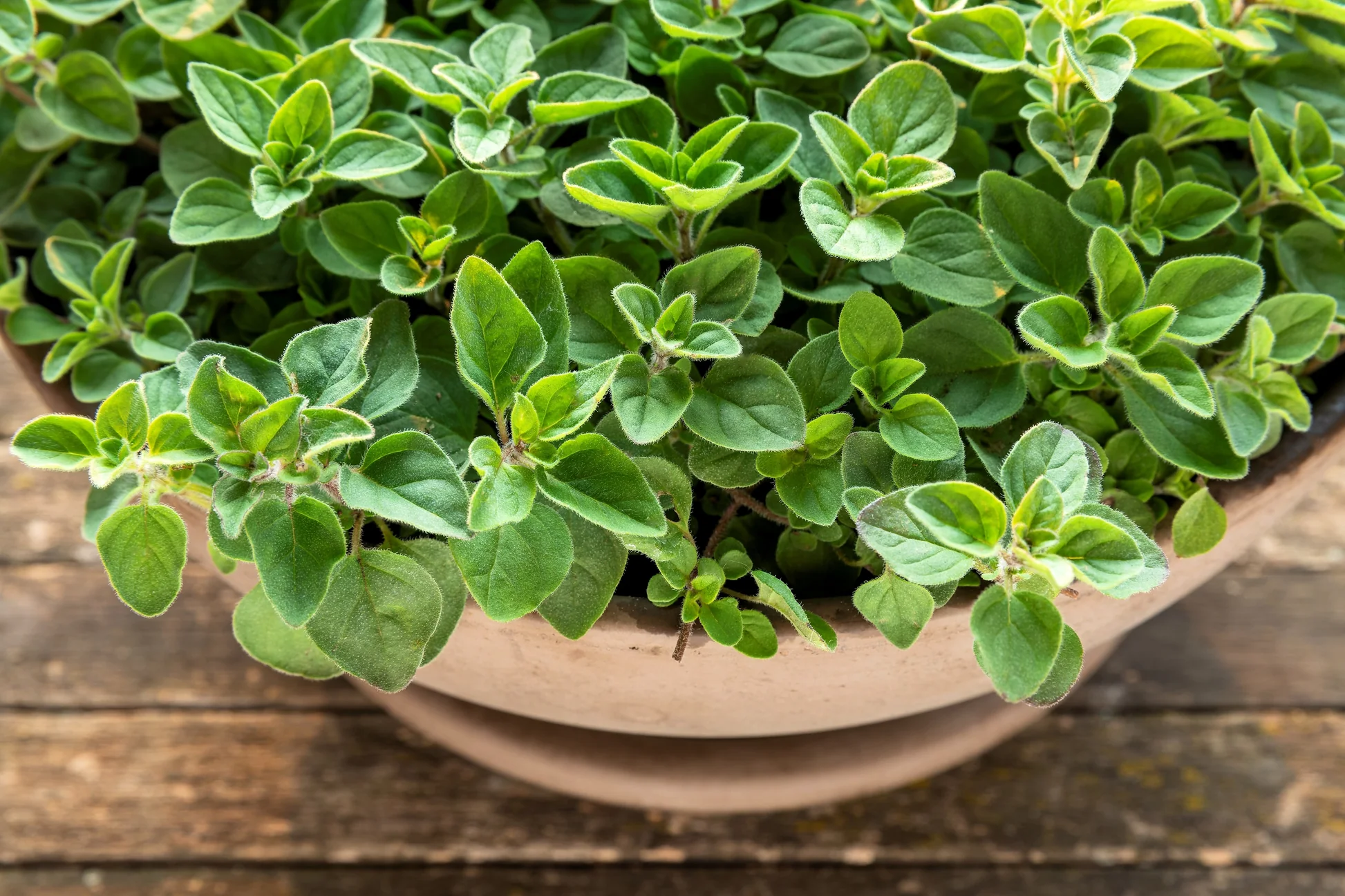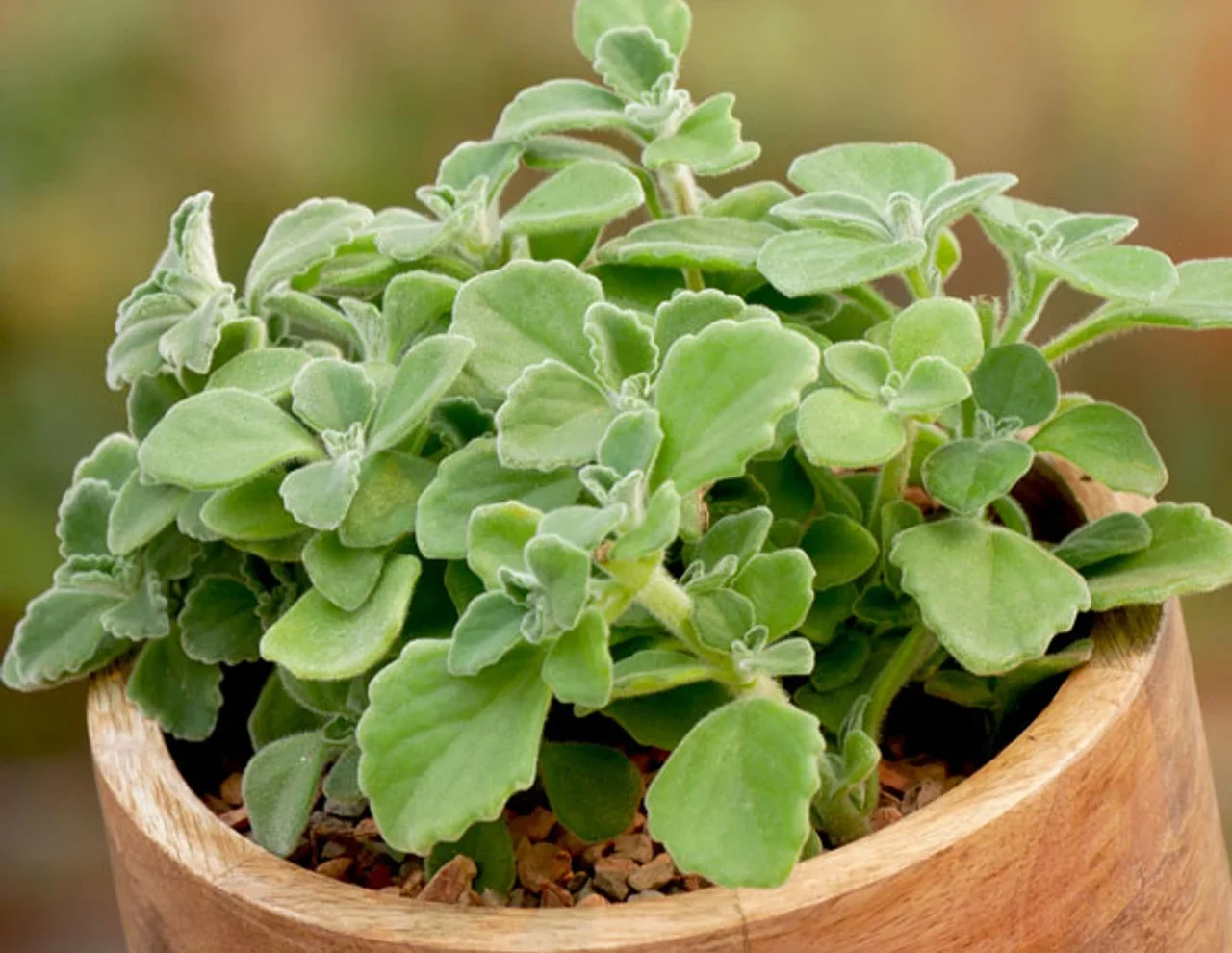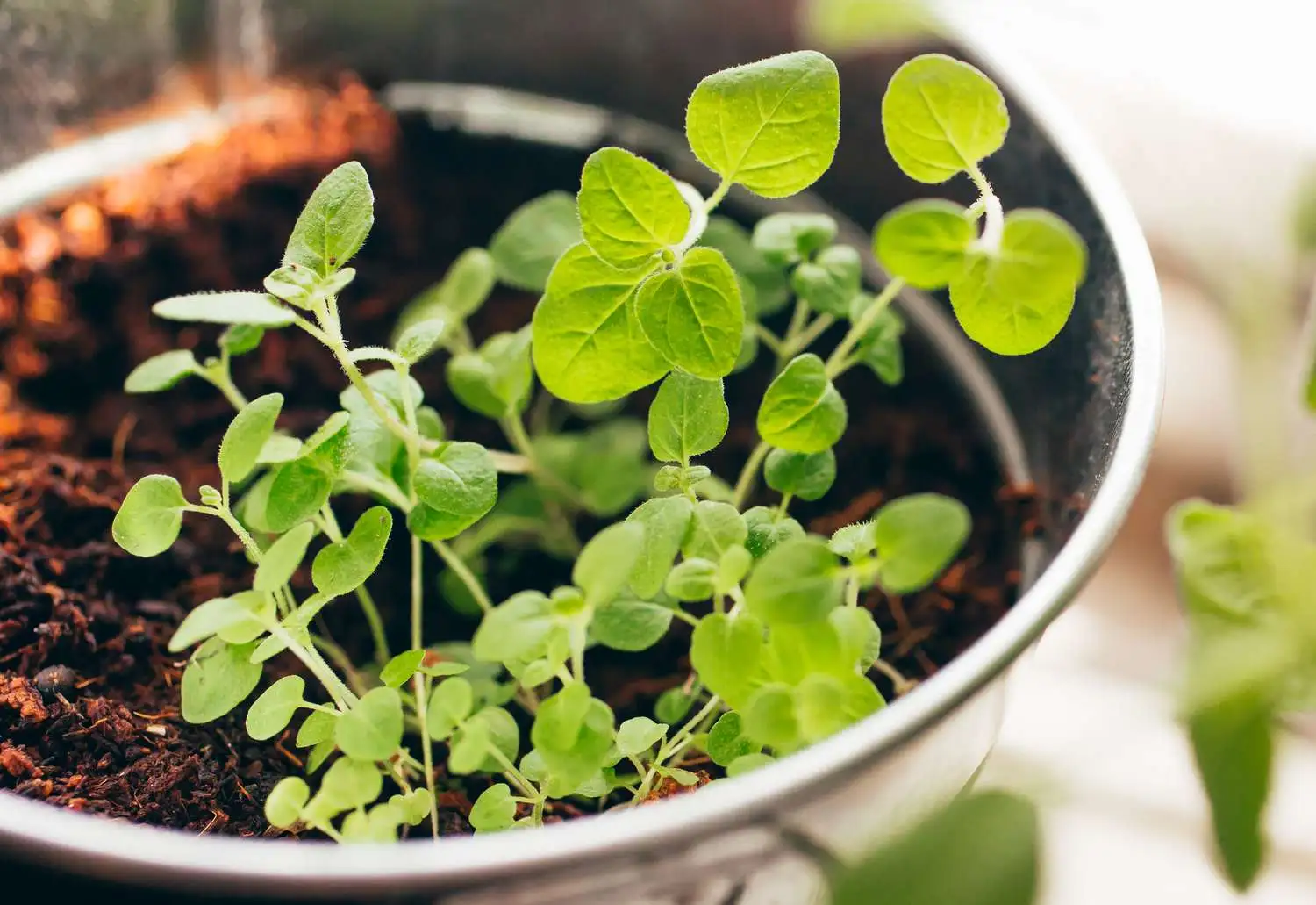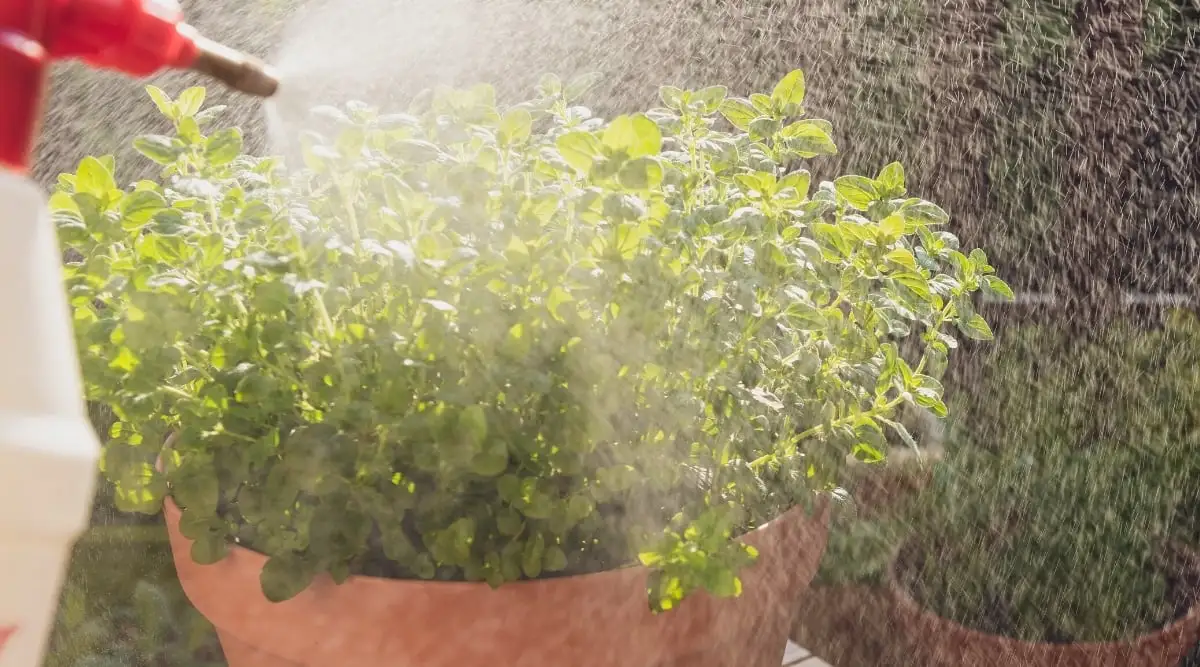Oregano is one of the easiest and most rewarding herbs you can grow at home. It’s hardy, aromatic, and incredibly versatile in the kitchen. But did you know that you don’t need a garden bed to enjoy this Mediterranean classic?
Growing oregano indoors is simple and brings fresh, earthy flavor right to your fingertips all year round. Whether you’re an experienced gardener or just starting your first indoor herb garden, oregano is the perfect plant to try. Its compact growth, resilience, and rich taste make it an ideal choice for sunny windowsills, kitchen counters, or under-grown lights. In this beginner-friendly guide, you’ll learn everything about how to grow oregano indoors, from choosing the best variety to caring for and harvesting your plant, so you can elevate every meal with homegrown flavor.
Why Grow Oregano Indoors?
If you love cooking Mediterranean dishes, oregano is probably already a pantry staple. But here’s why growing Oregano indoors is even better:
-
Fresh supply year-round. No worrying about frost killing your herbs.
-
Save money. Those tiny grocery herb packs add up quickly.
-
Maximum flavor. Fresh-cut oregano has a stronger aroma and richer taste than dried versions.
-
Healthy living. Oregano (scientific name Origanum vulgare) is packed with antioxidants and antimicrobial properties. It’s great for your immune system.
-
Simple indoor gardening. Unlike fussier herbs like cilantro, oregano thrives with minimal care.
Plus, it looks beautiful in your kitchen, bringing life and greenery to your cooking space.
You may like:
Best Types of Oregano to Grow Indoors
Not all oregano is created equal, and choosing the right variety can make a big difference in both the flavor of your dishes and the success of your indoor garden. If you want the best flavor and growth performance indoors, here are three top choices to consider:
Greek Oregano (Origanum vulgare hirtum)

Greek oregano is often considered the “true oregano” and is what most people think of when they imagine that classic pizza or pasta aroma. It has a strong, pungent flavor with earthy and slightly peppery notes, making it perfect for robust Mediterranean dishes like grilled meats, tomato sauces, and homemade pizzas.
This variety also has a compact and bushy growth habit, ideal for pots on your windowsill or kitchen counter. Greek oregano is relatively easy to care for since it tolerates occasional drought and thrives in bright sunlight. Its leaves are small, dark green, and packed with flavorful oils. Even better, frequent harvesting or pruning encourages it to grow even bushier, giving you a continuous supply of fresh herbs throughout the year.
Italian Oregano (Origanum x majoricum)

Italian oregano is a lesser-known but equally wonderful variety. It has a slightly milder taste with a hint of sweetness, making it perfect for sauces, soups, stews, and dishes where you want oregano’s flavor without overpowering other herbs and spices.
Interestingly, Italian oregano is actually a hybrid between regular oregano and marjoram, which explains its subtle, rounded flavor profile. Many gardeners appreciate Italian oregano for its versatility in the kitchen, as it complements a wide range of recipes, from roasted vegetables to creamy sauces and marinades. This variety is also easy to grow indoors, requiring similar light and care conditions as Greek oregano.
Cuban Oregano (Plectranthus amboinicus)

Cuban oregano, also known as Spanish thyme, Indian borage, or Mexican mint, is a unique addition to any indoor herb garden. Although it isn’t a true oregano (it belongs to the mint family, Lamiaceae), it has a strong, aromatic scent similar to traditional oregano, with an even more intense flavor that combines oregano, thyme, and mint notes all in one leaf.
This plant has thick, succulent, fuzzy leaves that store moisture, making it highly drought-tolerant and easy to grow indoors. Cuban oregano does well in bright, indirect light and prefers well-draining soil, similar to other Mediterranean herbs. It can grow up to 18 inches tall and often develops a beautiful trailing habit, making it perfect for hanging baskets or decorative pots on your kitchen shelf.
In the kitchen, Cuban oregano is best used in moderation due to its strong flavor. Add it to soups, stews, and meat marinades, or use small amounts fresh in curries and Caribbean dishes for a bold, unique taste.
What You Need to Grow Oregano Indoors
Growing oregano indoors doesn’t require fancy equipment. Here’s what you need:
-
Container or pot: Minimum 6-8 inches deep with drainage holes. Clay pots are ideal as they prevent overwatering.
-
Soil: Well-draining potting mix. You can use a cactus soil blend or create your own mix with regular potting soil, perlite, and coarse sand.
-
Seeds, cuttings, or starter plants: Organic oregano seeds give the best results for culinary use.
-
Light: Oregano loves sunlight. A south-facing window is ideal. If your home doesn’t get enough natural light, invest in LED grow lights designed for herbs.
-
Watering can and spray bottle. For gentle watering and misting seedlings.
Recommended Indoor Growing Kits
If you’re a beginner, consider an indoor oregano growing kit. They usually include seeds, soil discs, and biodegradable pots – everything you need in one box. It takes the guesswork out and sets you up for success from day one.
How to Grow Oregano Indoors

1. Starting from Seeds vs. Cuttings
Seeds:
-
More affordable but requires patience.
-
Sprinkle seeds on top of moist soil.
-
Lightly press them into the soil surface (do not cover completely as they need light to germinate).
-
Mist with water daily to keep the soil moist but not soggy.
-
Seeds usually sprout within 10-14 days if kept warm (around 70°F).
Cuttings:
-
Faster and easier if you have access to an oregano plant.
-
Snip a healthy 4-6 inch stem.
-
Remove the lower leaves.
-
Place in a glass of water or dip in rooting hormone and plant directly into moist soil.
-
Roots will develop in 1-2 weeks.
Personally, I prefer starting with cuttings. It’s quicker and ensures you get the exact variety you want with known flavor.
2. Planting Oregano Indoors
-
Fill your pot with a well-draining soil mix.
-
Place seeds or cuttings on the surface and press gently.
-
Mist with water to moisten the top layer.
-
Cover with a clear plastic dome or ziplock bag if starting seeds. This keeps the humidity high until they sprout.
Place your pot near a bright window immediately after planting.
3. Watering and Humidity

Oregano is a Mediterranean herb that prefers slightly dry conditions over soggy soil. Always check soil moisture before watering by sticking your finger about an inch deep; if it feels dry, water thoroughly until you see it drain out the bottom. Avoid overwatering, as oregano roots are prone to rot if left wet for too long. Mature oregano plants don’t need misting like seedlings and prefer normal indoor humidity levels.
4. Temperature and Placement
Oregano thrives in indoor temperatures between 65-75°F (18-24°C). Place your pot in a spot that receives at least 6-8 hours of direct sunlight every day. Rotate the pot weekly so all sides get equal light exposure, promoting even growth. If you notice your oregano getting leggy or leaning toward the window, it probably needs more light, so supplement with a grow light for herbs to keep it compact and bushy.
Caring for Your Indoor Oregano Plant
Fertilizing
Oregano doesn’t require heavy feeding. Use a balanced liquid fertilizer diluted to half strength once a month during spring and summer. Avoid over-fertilizing because it can reduce the concentration of essential oils in the leaves, which affects flavor.
Pruning
Regular pruning is crucial to keep your oregano bushy and productive. Pinch off the growing tips often, especially when the plant is young, to encourage branching. Always prune just above a leaf node. Remember not to harvest more than one-third of the plant at once, as this could stress the plant and stunt its growth.
Common Indoor Pests
Oregano is generally pest-resistant due to its strong aroma, but sometimes indoor plants can attract spider mites or aphids. You might notice tiny webs under leaves or clusters of small insects. To treat these pests, spray your plant with diluted neem oil every few days until the infestation clears. You can also manually remove pests by rinsing leaves under lukewarm water.
Harvesting and Using Your Oregano

When to Harvest
You can begin harvesting once your oregano plant is 4-5 inches tall. Morning is the best time to harvest because the essential oils in the leaves are the most concentrated, giving you the strongest flavor. Use clean kitchen scissors to cut stems just above a leaf node to encourage further growth.
Drying or Freezing Oregano
If your oregano plant is producing more than you can use, there are two easy ways to preserve it. To dry oregano, tie small bundles of stems together and hang them upside down in a dry, dark place with good airflow. Once fully dry, strip the leaves off and store them in airtight jars. To freeze oregano, chop fresh leaves and place them in ice cube trays filled with olive oil. Once frozen, pop the cubes into a freezer bag. These are perfect for tossing directly into soups, stews, or sauces when cooking.
Culinary Uses
Fresh oregano is a flavor powerhouse in the kitchen. I love sprinkling it over homemade pizza just before serving, stirring it into tomato sauces for pasta, mixing it into olive oil with garlic for a quick bread dip, and adding it to marinades for chicken, lamb, or grilled vegetables. The possibilities are endless, and fresh oregano always elevates your cooking.
Frequently Asked Questions (FAQs)
1. Can oregano grow indoors all year round?
Yes. As long as it gets sufficient light and warmth, oregano will thrive indoors throughout the year. It doesn’t go dormant like some herbs, so you can keep harvesting fresh leaves whenever needed. Just remember to prune regularly and keep it near a bright window or under grow lights to maintain healthy growth during darker winter months.
2. How often should I water oregano indoors?
Generally, watering once a week works well for indoor oregano. However, always check the soil moisture first by sticking your finger about an inch into the soil; if it feels dry, it’s time to water. Overwatering can easily lead to root rot, so it’s better to underwater slightly than keep the soil constantly wet.
3. Does oregano need direct sunlight indoors?
Absolutely. Oregano needs at least 6-8 hours of direct sunlight daily to grow strong and produce flavorful leaves. If your kitchen window doesn’t get enough sun, using a LED grow light for herbs is a great way to keep it thriving. Without enough light, oregano tends to grow leggy and lose its rich taste.
4. Can I grow oregano indoors without soil (hydroponics)?
Yes, oregano adapts well to hydroponic systems, provided it gets the nutrients and light it needs. In hydroponics, it often grows faster because of consistent moisture and nutrient availability. Just ensure your system has good airflow to prevent mold and that you harvest regularly to encourage new growth.
5. Why is my oregano wilting indoors?
The biggest culprit is usually overwatering or poor drainage. Oregano hates having “wet feet,” and its roots will quickly start to rot if the soil stays soggy. Check your pot to ensure it has proper drainage holes and that water isn’t pooling at the bottom. Also, let the soil dry out slightly between waterings. If wilting continues despite correct watering, inspect the roots for rot or fungal issues and trim away any mushy, dark roots to save the plant.
6. What if my oregano grows leggy?
This usually happens when oregano isn’t getting enough light and is stretching toward the nearest source. Move it closer to a sunny window where it can get at least 6-8 hours of direct sunlight each day. If natural light is limited, supplement with an LED grow light for herbs to encourage compact, bushy growth. Pruning leggy stems also helps the plant redirect energy into producing new side shoots, making it fuller over time.
Conclusion
Growing oregano indoors is one of the easiest and most rewarding gardening projects. With just a bit of sunlight, well-draining soil, and occasional watering, you’ll have fresh oregano ready to harvest anytime. Start with Greek or Italian oregano, follow these simple steps, and enjoy your own thriving indoor herb garden.
Ready to begin? Grab some organic oregano seeds or an indoor growing kit today and bring fresh, bold flavor to your kitchen all year long.
